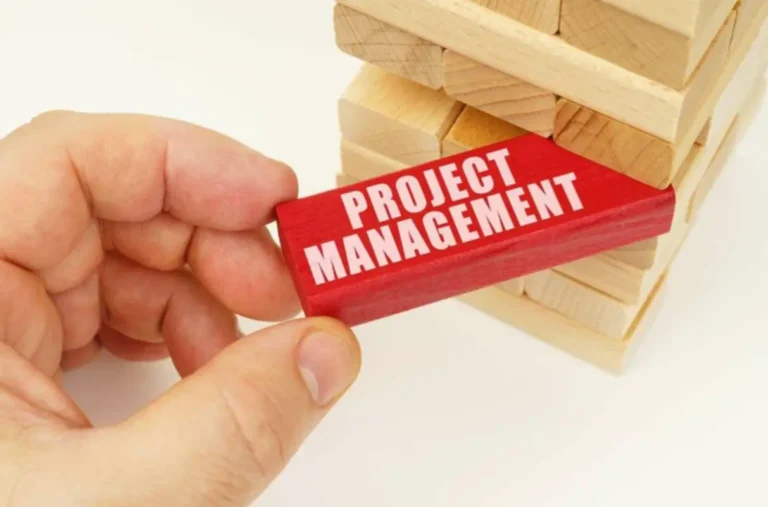The Way To Use The 5 Levels Of Staff Development To Be A Greater Leader
As project groups get within the flow of delivering strong outputs, the project manager ensures workloads, expectations, and capability is managed effectively. Putting this steadiness ensures the output stays high, while avoiding burnout and fatigue. The Performing stage is where every team needs to be — efficient, in-sync, and productive. At this stage, the staff is totally in its flow, managing itself and its aims with little support from managers and leaders. As project groups enter the Norming stage, it’s necessary for the project manager to have the self-awareness to get out of the finest way.
Understanding these phases helps staff leaders present the right support on the proper time to quickly enable collaboration and efficient teamwork. The first stage is forming when the leader creates a team first, and members are simply attending to know one another. The second stage is storming, during which conflict may arise as members establish their roles and duties. The third stage is norming, during which the team comes together and works extra cohesively.
Creately, with its visible collaboration capabilities, proves invaluable in these situations. Groups can use Creately to create brainstorming diagrams for conflict decision periods or to map out clear roles and duties. This visual approach can scale back misunderstandings and improve cooperative problem-solving in the course of the Storming phase. The Storming stage is characterized by conflicts, power struggles, and a testing of boundaries. Group members usually web developer express frustration and disagreement about goals, roles, and obligations. These behavioral patterns are essential for the team to establish underlying points but could be challenging.
What Are The Stages Of Group Development?
The leader makes use of this opportunity to assist members put together for his or her next what is the forming stage of team development step and encourage long-term connections. A team is like an organism, and like some other organism, it takes time to type and evolve. Analysis has proven that groups go through definitive stages through the process of development. At the performing stage, relationships are formed and there is a clear and steady structure. The group is mature, organised and has a sense of consensus and cooperation.
- However, because this stage focuses extra on the folks than on the actual work, the team is not going to ship outcomes but.
- There is a clear and secure structure, and members are dedicated to the team’s mission.
- Members of the group begin to see each other extra frequently and start to develop a more in-depth relationship.
- Their understanding of their group members will help them cross all the phases of growth efficiently.
- You can proceed this assembly the following day to set up ground guidelines and expectations for the team and share the general project goals and timeline.
Stage 2: Storming

By integrating Creately into your team’s development process, you guarantee smoother transitions between levels https://www.globalcloudteam.com/ and bolster total productivity. Some teams attain a stage of development by which they thrive at their particular person and collective tasks. The expertise of each member are fully optimized, supervision is nearly never needed, and members feel a strong sense of belief in one another.

Learn tips on how to implement 10 examples of excellent staff dynamics to make your group stronger and extra motivated than ever. As A Substitute, they merely described what completely different teams go through throughout every of those phases. Every Thing else was added to the idea at a later date and is thus subject to interpretation. In Tuckman’s 1977 follow-up article, Mary Ann Jensen reminded us that Tuckman’s authentic paper famous the restrictions of the literature he used to extract his hypothetical model. Namely, Tuckman mentioned that there was an overrepresentation of remedy and coaching group settings within the literature. Thus, making generalizations that additionally utilized to the development of teams in natural and laboratory settings proved tough.
After the storm passes, team members start to resolve any issues and settle into working collectively as a group. Throughout the norming stage, the staff leader checks with group members to assist things stay on monitor and appears for opportunities to provide management assist the place wanted. This stage brings a way of closure to a group whose project is at its end, and the members are ready to embark on a new journey in another project. If the group successfully negotiated the first four stages, there could additionally be some bonding between members and a way of loss at disbanding these relationships. Some groups deal with this stage of group development through celebration, and a few with sadness.

The Performing stage is the zenith of Tuckman’s mannequin of team improvement, where teams attain a peak degree of effectivity and productiveness. They exhibit excessive dedication, creativity, and satisfaction, which makes the group extremely efficient. The ultimate adjourning stage of the levels of staff constructing is when the staff has accomplished its task or project. The chief’s role throughout this stage is to debrief the staff on their expertise and help them transition again into their roles throughout the firm. During the third stage, norming, staff members begin to work collectively extra cohesively and develop norms and expectations for how the team will operate. The leader’s function is to help the team work collectively effectively and support them as they establish new norms.
In many instances, the difference between such teams is the period of time they’ve been working together and at what stage of team growth they’re. If conflicts arise, they’re easier to work through with the team’s newfound resolution methods. The team begins to really feel a way of camaraderie as they perceive expectations. Belief develops, and teams could start socializing and fascinating in bonding activities. This sense of unity results in a rise in productiveness and performance.
For occasion, figuring out that conflict is pure in the Storming phase helps leaders handle disputes successfully and prevent the team from changing into derailed. In contrast, in the Performing stage, understanding that the group is self-sufficient permits leaders to delegate more confidently and focus on strategic tasks. Tuckman’s mannequin of group growth may help leaders perceive how a group may theoretically develop, however alone it is not sufficient to help your team succeed and meaningfully develop. Being acutely aware of the method is a good place to start, nevertheless it’s price remembering that reaching the performing stage isn’t a given, and a lot of teams get stuck early on.

Laisser un commentaire
Rejoindre la discussion?N’hésitez pas à contribuer !